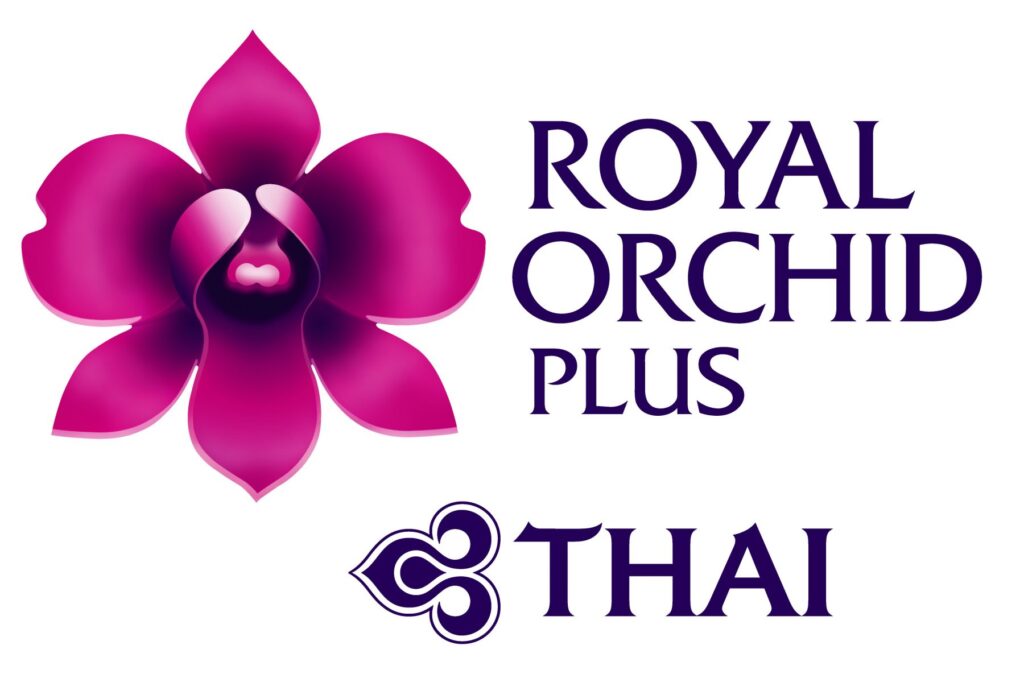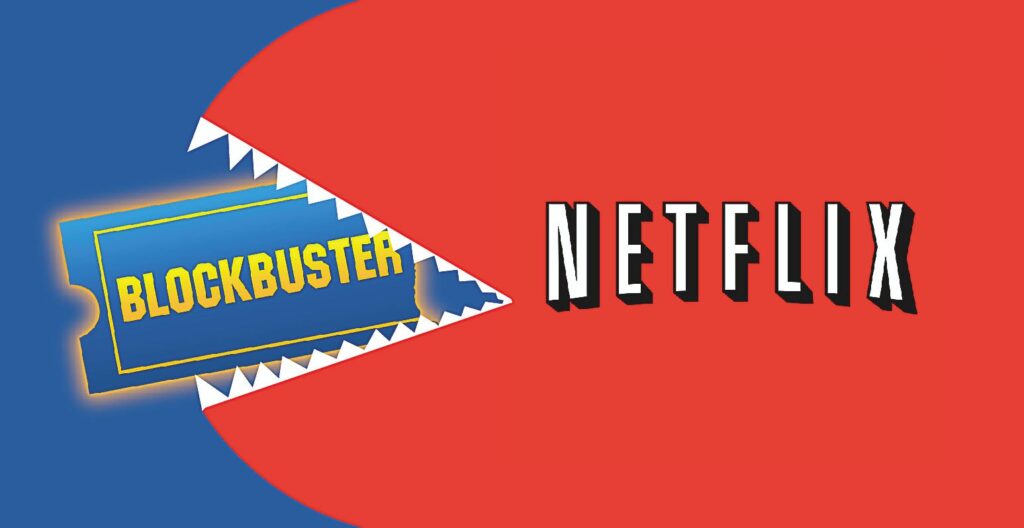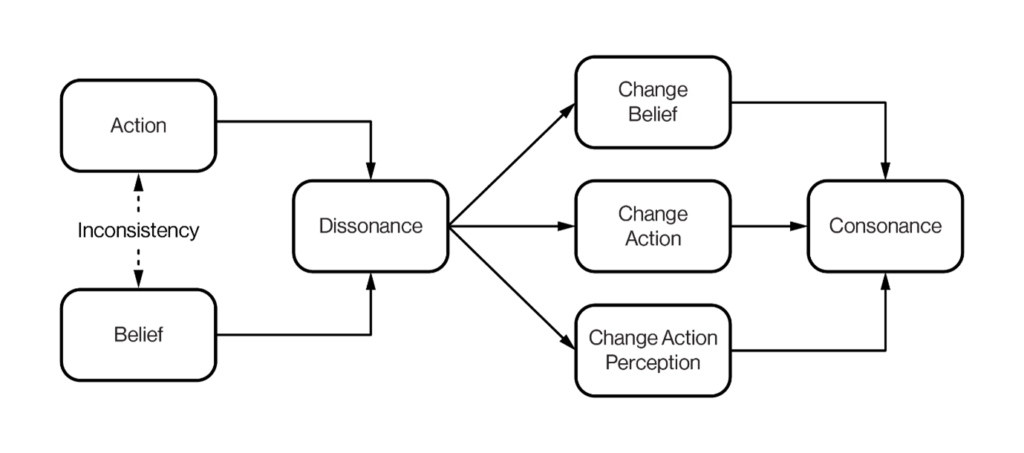
Following on from my previous blog on “The psychology behind loyalty programs – Part 1″, this blog reviews an additional five consumer psychology principals and illustrates their practical application within loyalty programs.
Social Identity Theory
Social identity theory was proposed by Tajfel (1978)1, whereby a person’s sense of who they are is based on their membership of different groups. Tajfel proposed that the social categories to which individuals belonged, such as sports teams, families, friend groups, and workplaces, played a crucial role in shaping their pride and self-esteem. He found that these groups provided individuals with a sense of social identity and a feeling of belonging within the broader social context.
Bhattacharya and Sen (2003)2 extended this concept by delving into social identity theory within the context of brands. They suggested that ‘strong consumer-company relationships often result from consumers identification with those companies, which helps them satisfy one or more important self-definitional needs.’ In essence, consumers establish connections with brands in a manner akin to their affiliations with social classes, sports teams, and friendship circles. Brands play a pivotal role in enhancing their self-esteem, contributing to an improved self-concept.
Loyalty programs which serve to make members feel a sense of exclusivity and belonging can play a central role in the member adopting the brand (sub-consciously or otherwise) as an element of their own self-definition.
The most common application of this theory can be seen within airline, hotel, and bank programs where tier benefits are a formidable driver of member stickiness and retention.
Thai Airways Royal Orchid Plus
A Platinum Royal Orchid member, or an equivalent elite status within the Star Alliance partner network, receives a host of perks when travelling with Thai Airways. These privileges encompass complimentary lounge access, priority services for boarding, check-in, and baggage handling, as well as complimentary upgrades. By acknowledging and rewarding its members in this manner, Thai Airways fosters a sense of belonging and significance, enhancing their self-esteem and cultivating a deep emotional connection with the airline.

Norm of Reciprocity
Norm of reciprocity refers to an expectation that people will help those who helped them. For example, one person buys another lunch, and the other person feels a compulsion to return the favour.
Regan’s 19713 study, which investigated the impact of reciprocity, revealed that participants tended to develop a preference for individuals who offered them a free Coke compared to those who did not. Interestingly, this preference extended to their willingness to fulfil a request from the giver, such as purchasing a raffle ticket. Notably, participants attributed their compliance not to increased liking for the giver but rather to a sense of obligation to reciprocate.
Examining the potency of reciprocity, Kunz and Woolcott (1976)4 investigated whether people would send a Christmas card to a stranger who had sent one to them. In 1974, they dispatched 578 Christmas cards to unfamiliar recipients and received an impressive 20 percent response rate. A subsequent study by Kunz in 2000 yielded the same 20 percent response rate.
It is essential to acknowledge that while reciprocity can prompt feelings of obligation, individuals do not always follow through on their intent to reciprocate.
Importantly, there is substantial evidence supporting the translation of reciprocity into customer loyalty. Morias et al. (2004)5 investigated tourism operators and discovered that when customers perceived a provider’s investment in them, they reciprocated with a similar investment in the provider. These reciprocal investments were associated with measurable loyalty. This implies that investments in the form of affection, social status, information, and time hold greater sway in fostering loyalty compared to monetary investments like points and miles. Morias et al. concluded that well-designed loyalty programs have the potential to foster stronger emotional attachments to a brand and company.
Hertz Gold Plus Rewards
Hertz Gold Plus Rewards capitalise on the norm of reciprocity by giving their members free vehicle upgrades when better vehicles within their fleet are available. This gesture generates very little incremental cost to Hertz, however having happy customers drive away in a vehicle that is more valuable, advanced, spacious and stylish than what they originally booked can generate incremental benefits for Hertz thanks to the norm of reciprocity.
As a result, members are more likely to harbour positive sentiments about the relationship and may be motivated to reciprocate by purchasing supplementary services such as GPS, comprehensive insurance, or an extended rental period. They might also choose Hertz for future rentals, share their experience on social platforms, leave positive reviews, or encourage friends to join the program, even when more budget-friendly alternatives exist.
The provision of complimentary upgrades not only offers a fantastic return on investment (ROI) for Hertz, often incurring negligible or zero incremental costs, but it also lays the groundwork for future business opportunities, referrals, and the cultivation of long-term customer loyalty.

Behavioural and Attitudinal Commitment Theory
Day (1969)6 noted the limitations of loyalty measurement methods in the 1960s, which primarily focused on purchase behaviours while overlooking factors such as constrained choices, long-term offers, or favourable product positioning, which could masquerade as loyalty. He argued that many consumers who claimed to be ‘loyal’ lacked any genuine emotional attachment to the brand and could easily be swayed by competitors offering better incentives or promotions. Day proposed that loyalty should be assessed through a dual lens—behavioural commitment (repeated brand purchases) and attitudinal commitment (loyalty stemming from a positive brand preference).
Beatty and Kahle (1988)7 contended that brand commitment closely aligned with brand loyalty. Brand commitment represented an emotional or psychological connection to a specific brand within a product category and often resulted from a deep-seated concern or personal investment in the product or purchase decision (essentially, an attitudinal attachment). They aimed to predict the decision-making processes individuals would employ when choosing soft drinks based on their level of commitment to specific brands. Their findings indicated that commitment, an emotional or psychological bond with a brand, precedes the development of genuine loyalty.
A central characteristic of commitment is its resistance to change. Loyal individuals who have formed an emotional connection (or attitudinal commitment) to a brand are less susceptible to competitor discounts and promotions. Pritchard et al. (1999)8 developed a model that assessed resistance to change as a primary indicator of commitment. This model encompassed the measurement of loyalty, considering both consumers’ purchase behaviours and their attitudinal commitment to the brand. It revealed that resistance to change (and consequently commitment) peaks when consumers identify with the values and imagery associated with a particular brand and seek consistency and confidence in their choices.
Soul Cycle
Many gym programs, including Soul Cycle in the US, have designed ‘challenges’ for their members. These challenges encourage members to set and commit to goals which ultimately increase visitation frequency, create upsell opportunities, drive advocacy and deliver member satisfaction.
Soul Cycle have applied commitment theory in two ways:
- 30 Day Challenge: where members set challenge goals, join a team (or invite friends to start a new team) and then ride like crazy – ‘The more you chip in as a community the more donations you unlock to a charity of choice’.9 When the team reaches the shared goal, they unlock a bonus donation of US$100.
- Warrior Week: a 4-week challenge where ‘we push ourselves to ride four times in one week’.10 Together, members push themselves to meet their Warrior Week commitment, with those who complete it unlocking a 20 per cent discount on their next retail purchase.
The public declaration of commitment to other members acts to reinforce the member’s loyalty to Soul Cycle.

In her 2006 study, Mattila11 delved into commitment theory within the context of loyalty programs in the hospitality industry. Her analysis revealed that the mere accumulation of points and access to rewards in prominent hotel loyalty programs like Hilton Honors, Hyatt’s Gold Pass, and Marriott Rewards did not suffice to cultivate genuine loyalty. She contended that the key to fostering loyalty lay in establishing an emotional connection between the member and the brand, a connection driven by both affective (attitudinal) commitment and calculative commitment (a sense of being economically bound to a service provider). It’s worth noting that calculative commitment, while akin to resistance to change, is more accurately associated with bolstering resistance through the introduction of switching costs.
These findings carry significant implications for operators of loyalty programs when assessing their roster of ‘loyal’ members. While behavioural commitment may appear as loyalty, the absence of attitudinal commitment (ideally reinforced by calculative commitment) puts the program at risk of rapid member attrition if a superior product or service offering becomes available.
Blockbuster and Netflix
Blockbuster
In the year 2000, Blockbuster stood at the forefront of the global video rental industry, boasting an extensive network of retail outlets, millions of loyal customers, and substantial marketing resources. According to Holmgren (2006),12 the engagement with their loyalty program, Movie Pass, served as a metric for store productivity, alongside revenue and the number of active members. Movie Pass aimed to provide perks and enhance customer loyalty by encouraging patrons to exclusively rent movies from Blockbuster outlets. Blockbuster employed a customer relationship management (CRM) strategy to segment their customer base, with the goal of fostering connections with new members while nurturing more valuable member relationships.
From the perspective of measuring loyalty, Blockbuster’s senior management might have been under the impression that they had succeeded in cultivating a vast and highly loyal member base. However, in hindsight, it can be argued that the majority of this base primarily demonstrated behavioural commitment, such as consistent rental behaviours week after week, but lacked true attitudinal commitment. This situation left Blockbuster’s business model vulnerable to potential disruption by competitors offering a superior customer experience.
Netflix
Notably, Netflix emerged as a disruptive force by effectively addressing several inherent issues with Blockbuster’s offering. Netflix eliminated late fees (which had become a significant part of Blockbuster’s revenue model), ensured the availability of movies at all times (in contrast to Blockbuster’s frequent unavailability of popular titles), and eliminated the need for two trips to a store for movie rental and return.
Blockbuster realised too late that they had failed to instil attitudinal commitment among their member base. These customers were willing to abandon a well-known brand in favour of a startup that resolved various customer experience grievances.
Could attitudinal commitment have rescued Blockbuster? It is unlikely that it could have preserved their existing business model. However, if Blockbuster had been more successful in cultivating genuine emotional loyalty among their members, it might have delayed their decline, allowing them to transition to a new business model, such as their streaming service. This transition could have been facilitated by promoting it to an engaged audience, potentially enabling them to grow more rapidly than Netflix and offering genuine competition in the emerging streaming market.

Expectancy Theory of Motivation
Expectancy theory of motivation, introduced by Vroom in 196413, proposes that individuals are driven to act because they hold the belief that their efforts will lead to the attainment of their desired outcomes. This theory offers loyalty program operators a fundamental framework for gaining a deeper insight into how to incentivise members to actively participate.
According to this theory, motivation is contingent on individuals perceiving a positive link between their efforts and performance, with the expectation that favourable performance will culminate in a coveted reward. This perception imbues their desire to fulfil their needs with enough strength to justify the effort invested. Vroom’s theory comprises three fundamental variables: expectancy, instrumentality, and valence.

Figure 1: Three components of expectancy theory by V.H Vroom, 1964. Reprinted from iEdunote with permission.
Expectancy, in this context, pertains to the belief that increased effort leads to enhanced performance. Instrumentality involves the belief that performing adequately will result in an appropriate reward. Valence, on the other hand, represents the significance an individual attributes to the anticipated outcome.
In the context of a loyalty program, a member’s motivation to participate is contingent upon their expectation that their efforts will propel them closer to attaining a reward (instrumentality) that fulfills a meaningful need (valence).
In the realm of loyalty program strategy, the Expectancy Theory serves as a valuable tool for empathising with members’ perspectives. Concentrating on these three pivotal motivational factors can help streamline the development of a design that is both straightforward and sophisticated. This framework is equally beneficial when assessing existing programs, as it directs the program operator’s attention toward deficient aspects that may impede motivation or fail to stimulate it adequately.
Sharma and Verma (2014)14 examined the application of motivation theory to influence a consumer’s intention to enrol in a loyalty program. They identified several motivational factors relevant to program design:
- Goal proximity: how near the goal is from joining, which is positively related to intent to enrol in a rewards program
- Perceived effort: how much work will be required to achieve the goal, which is negatively related to intent to enrol
- Reward valence: how much the member values the reward, which is positively related to intent to enrol
- Customer reactance: resistance to attempts to control behaviour or limit freedom of choice, which is negatively related to the intent to enrol
Sharma and Verma argued a balance between all four factors are needed for a loyalty program to be successful, noting that their research suggested reward valence has the strongest positive effect and perceived effort has the strongest negative effect.
Delta Airlines Skymiles
Sharma and Verma provide two examples to illustrate the application of their model: Delta Airlines and Citibank.
In 2004, Delta Airlines undertook a significant overhaul of their Skymiles program after realising that they were offering rewards to members that didn’t even offset the expenses associated with providing transportation services. To rectify this, they redefined the Goal Proximity criteria for discount economy passengers, reducing the mileage reward to just a quarter of what higher-paying members received. This strategic adjustment aimed to cease the practice of rewarding behaviours that were counterproductive to the company’s profitability objectives, and instead, to incentivise and reward those members whose actions contributed to increased revenue and profits.

Citibank
Citibank introduced a credit card program that allowed members to accrue American Airlines AAdvantage miles. In an effort to boost enrolments, Citibank provided an enticing offer of 10,000 complimentary miles upon opening a new account, which was equivalent to the value of US$10,000 in purchases. Regrettably, a substantial portion of customers enrolled in the program, collected the free miles, and subsequently switched to a competing offer from a different bank. This serves as an illustration of members being lured by an excessively generous reward valence combined with a perception of minimal effort required, resulting in an unfortunate outcome of no discernible loyalty.

Cognitive Dissonance Theory
Festinger (1957)15 proposed that human beings strive for internal psychological consistency to function mentally in the real world. A person who experiences internal inconsistency tends to become psychologically uncomfortable and is motivated to reduce their cognitive dissonance.

Figure 2: The development of cognitive dissonance. Adapted from ‘A Theory of Cognitive Dissonance’ by L Festinger, 1957.
From a consumer perspective, cognitive dissonance can surface after a purchase, often leading to feelings of buyer’s remorse or post-purchase regret. A study conducted by Skelton and Atwood (2017)16 revealed that 82 percent of adults in Great Britain have experienced regret over a past purchase, with this sentiment being particularly common in categories such as takeaway food, clothing, and footwear. Their estimates indicated that annual spending on regretted purchases ranged from £5 to £25 billion, equivalent to two to ten percent of the total annual consumer expenditure on goods in Great Britain.
Sharifi and Esfidani
In a related study, Sharifi and Esfidani (2014)17 focused on mobile phone customers to explore whether post-purchase cognitive dissonance could be mitigated through relationship marketing activities. They recognised that addressing post-purchase cognitive dissonance was crucial for enhancing customer satisfaction and fostering loyalty since it often dampened both. Relationship marketing activities encompassed strategies such as direct marketing, database management, quality control, and services marketing, all aimed at conveying messages of trust, commitment, cooperation, and shared values. Their findings indicated that targeting customers with these relationship marketing activities following high involvement purchases effectively reduced the severity of cognitive dissonance.
Customers typically attempt to alleviate dissonance on their own, and marketing managers can complement these intrinsic efforts by providing post-purchase support. Such personalised marketing endeavours should be an integral part of the standard campaign approach for companies dedicated to building customer loyalty.
Loyalty programs have a clear role in mitigating cognitive dissonance, thereby enhancing customer satisfaction, and encouraging loyalty. This approach may involve offering rewards tied to the transaction (e.g., “I spent a significant amount, but look at the points I’ve earned!”), post-purchase communication efforts that reassure members about their decision, and invitations to join clubs and communities that provide customers with a sense of belonging, exclusivity, and connections to like-minded peers.
Bentley Continental Club
A loyalty program initiated by the British heritage car brand Bentley is likely designed to alleviate the cognitive dissonance that can be associated with making a substantial high-value purchase.
Known as the Continental Club, this program offers an array of ongoing benefits that come into play once the car goes beyond the security of the manufacturer’s warranty, effectively diminishing the sense of uncertainty that often arises during this pivotal period.
Members of the Continental Club enjoy significant discounts on car services and maintenance, complimentary “while you wait” oil top-ups, car washes, and tyre pressure checks, in addition to exclusive privileges like access to launch events for new models, adding an aspirational dimension to their membership.

Conclusion
In conclusion, understanding consumer psychology is crucial to designing effective loyalty programs. By incorporating principles such as Social Identity Theory, Attitudinal Commitment and Expectancy Theory of Motivation, loyalty programs can create a sense of belonging and a link between their efforts and performance. Leveraging concepts like the Norm of Reciprocity will create an environment where members will want to repay the kindness and Cognitive Dissonance will strive to enhance customer satisfaction and encourage loyalty.
Overall, loyalty programs that tap into consumer psychology create a win-win situation for businesses and customers, driving deeper engagement and fostering long-term loyalty.
Footnotes
- Tajfel, H. & Turner, J. C., 1978, ‘An Integrative Theory of Intergroup Conflict’, The social psychology of intergroup relations, pp33-47.
- Bhattacharya, C. B. & Sen, S., 2003, ‘Consumer-Company Identification: A Framework for Understanding Consumers’ Relationships with Companies’, Vol 67, pp76-88.
- Regan, R., 1971, ‘Effects of a favor and liking on compliance’, Journal of Experimental Social Science Research, Vol 5, pp627-639
- Kunz, P. R. & Woolcott, M., 1976, ‘Season’s greetings: From my status to yours’, Social Science Research, Vol 5, Iss 3, pp269–278
- Morais, D. B., Dorsch, M. J. & Backman, S. J., 2004, ‘Can Tourism Providers Buy their Customers’ Loyalty? Examining the Influence of Customer-Provider Investments on Loyalty’, Journal of Travel Research, Vol 42, Iss 3, pp235–243.
- Day, G. S., 1969, ‘A Two-Dimensional Concept of Brand Loyalty’, Journal of Advertising Research, Vol 9, Iss 3, pp29-35.
- Beatty, S. E., Homer, P. M. & Kahle, L. R., 1988, ‘The involvement–commitment model: Theory and implications’, Journal of Business Research, Vol 16, Iss 2, pp149-167.
- Pritchard, M., Havitz, M. & Howard, D., 1999, ‘Analyzing the Commitment-Loyalty Link in Service Contexts’, Journal of the Academy of Marketing Science, Vol 27, pp333-348.
- Soul Cycle, ‘Everything you need to know about SoulCup – our first ever team challenge’, 2019, https://www.soul-cycle.com/community/inside/soulcupfaq/3163/, accessed 11 May 2020.
- Soul Cycle, ‘Warrior Week March 2020: everything you need to know’, 2020, https://www.soul-cycle.com/community/inside/warriorweek2020/3188/, accessed 11 May 2020.
- Mattila, A. S, 2006, ‘How affective commitment boosts guest loyalty (and promotes frequent-guest programs)’, Cornell Hotel and Restaurant Administration Quarterly, Vol 47, Iss 2, pp174 -181.
- Holmgren, L., 2006, ‘An Inside Look at Blockbuster, Inc.’, The University of Michigan.
- Vroom, V.H., 1964, ‘Work and motivation’, New York: Wiley.
Looking to enhance or build a loyalty program?
Our customer loyalty consultant experts can help you measure your loyalty opportunity and develop a comprehensive loyalty program or enhance your existing one. Discover our wide range of comprehensive loyalty services. Get in touch to learn more about our wide range of loyalty services and kickstart your journey to building loyalty with your customers.

